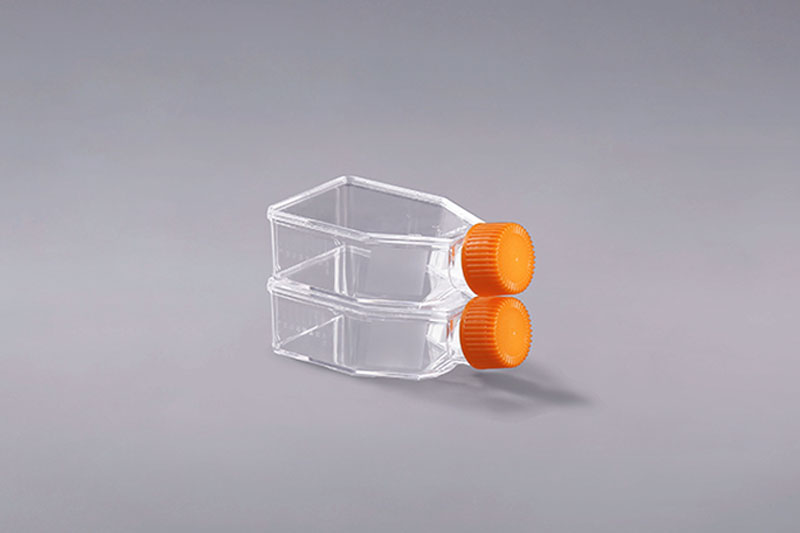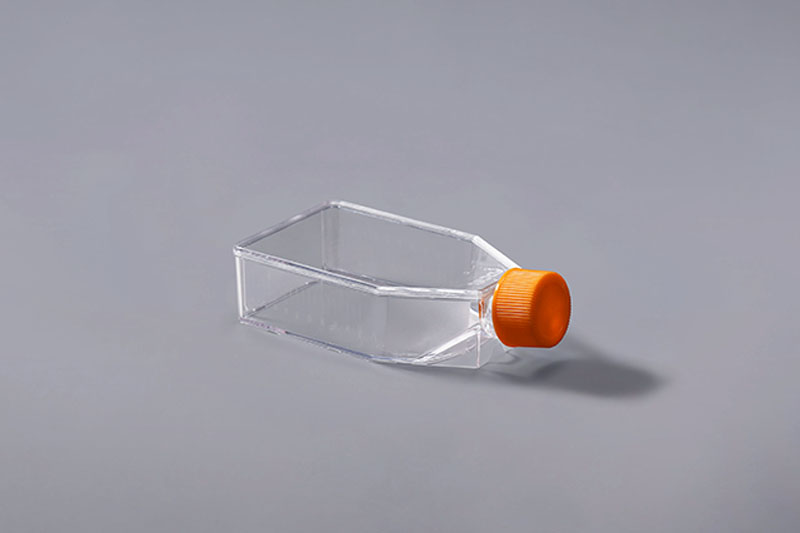How to deal with various contaminations in cell culture flasks
Cell culture flasks are a kind of cell consumables that are often used in the process of cell culture. When culturing cells, various contaminations often cause various troubles to the experiment and hinder the experimental process. So how to deal with these pollution?
Cell contamination is generally caused by improper aseptic technique, incomplete sterilization of vessel reagents, and passage of hands or instruments over the open vessel mouth. Once the cells are contaminated, most of them are difficult to recover. The following are the common types and treatment methods of cell contamination:
1. Bacterial contamination: Bacteria are black and fine sand-like under an ordinary inverted microscope. Depending on the infected bacteria, they may have different shapes. The culture medium will generally become cloudy and yellow, which has a significant impact on cell growth. Most of the cells die within 24 hours. Corresponding antibiotic treatment, such as tetracycline, gentamicin, etc., can be added to the culture medium. If the cells are not particularly precious, it is recommended to discard them.
2. Mold contamination: Because the culture medium in the cell culture flask is clear, mold contamination is very difficult to detect early, and it is often too late when it is discovered. Once the cells are contaminated by mold, it is difficult to save, and amphotericin B or nystatin will not help. It is recommended to resolutely discard the contaminated cells and thoroughly disinfect the environment.
3. Black worm pollution: Black worms are nano-scale bacteria, which are black dots at low magnification, and black bugs can be seen swimming around at high magnification. The culture medium is also not muddy and generally does not affect it too much. But too much can also affect cell growth and experimental results. The cell viability can be improved by increasing the cell seeding density.
4. Mycoplasma contamination: Mycoplasma cannot be seen under an inverted microscope. Early pollution, the culture medium is not turbid. After mycoplasma contamination, all cell growth parameters can be affected. If such contamination is found, it is recommended to discard the cells and repeat the experiment.
The above are several common contamination and treatment methods of cell culture flasks. Cell contamination should be mainly prevented, and disinfection and sterilization of culture rooms, vessels and culture solutions should be done well. During the operation, strictly follow the aseptic technique.


评论
发表评论